How does the tabletop canopy improve the space’s look?
The tabletop canopy can enhance or complement the overall aesthetic of the space it occupies in several ways:
1.Design Harmony:
The design of the tabletop canopy may align with the existing decor, creating a sense of harmony and visual unity in the space.
2.Color Coordination:
If the tabletop canopy features colors that complement the color scheme of the surroundings, it can add to the cohesive and pleasing visual appeal of the area.
3.Focal Point:
A well-designed tabletop canopy can serve as a focal point in the space, drawing attention and adding interest to the overall aesthetic.
4.Texture and Material Contrast:
If the tabletop canopy introduces different textures or materials, it can provide a contrast that adds depth and dimension to the surrounding elements.
5.Theme Reinforcement:
If the space has a specific theme, the tabletop canopy can reinforce that theme through its design elements, contributing to a cohesive overall look.
6.Lighting Effects:
If the tabletop canopy incorporates lighting features, it can create ambient lighting effects that contribute to the atmosphere and mood of the space.
7.Scale and Proportion:
The size and proportions of the tabletop canopy should be in balance with the surrounding furniture and elements, contributing to a well-proportioned and visually appealing arrangement.
8.Customization Options:
If the tabletop canopy allows for customization, individuals can tailor its appearance to suit personal preferences or match specific events or occasions.
9.Seasonal Adaptability:
Consideration of seasonal changes or thematic adaptations can further enhance the aesthetic appeal, allowing the tabletop canopy to be versatile in different settings.
10.Overall Aesthetic Impact:
The tabletop canopy, by virtue of its design and placement, contributes to the overall aesthetic experience of the space, making it more inviting, comfortable, and visually pleasing.
Can the tabletop awning be easily adjusted or retracted for flexibility in usage?
The ease of adjusting or retracting a tabletop awning depends on the specific design and mechanism used in the awning. There are various types of tabletop awnings, and they may employ different mechanisms for adjustment and retraction. Here are some common types and their characteristics:
1.Manual Retractable Awnings:
These awnings typically come with a hand crank or a pull mechanism.
Adjusting or retracting them involves manually turning the crank or pulling a handle.
They are generally straightforward to operate but may require some physical effort.
2.Motorized Retractable Awnings:
These awnings are equipped with an electric motor that allows for easy adjustment or retraction.
Operation is usually controlled by a remote control or a switch.
Motorized awnings offer convenience and are often preferred for larger or harder-to-reach installations.
3.Lateral Arm Awnings:
This type of awning has extendable arms that open and retract horizontally.
Adjusting or retracting can be done by using a manual crank or, in some cases, a motorized system.
4.Pop-Up Awnings:
These are lightweight and often portable awnings that can be easily set up or taken down.
They are typically designed for quick and simple deployment.
Before purchasing a tabletop awning, it’s essential to check the product specifications and features. Some awnings may have built-in flexibility and easy adjustment options, while others may require more effort. Additionally, considering the quality of materials and the overall construction will contribute to the durability and longevity of the awning.
Is the tabletop canopy adjustable, and what mechanism is used for adjusting its height or position?
The adjustability of a tabletop canopy depends on its specific design and features. Some tabletop canopies are adjustable, while others may have a fixed height. If the tabletop canopy is adjustable, the mechanism for adjusting its height or position will vary. Here are common mechanisms used for adjusting tabletop canopies:
1.Telescoping Legs:
Some tabletop canopies have legs that can be extended or retracted, allowing you to adjust the height. This is a manual adjustment, and it often involves a push-button or sliding mechanism.
2.Snap-Lock or Push-Button System:
Canopies with adjustable legs may feature a snap-lock or push-button system. This allows users to easily set the desired height by locking the legs in place.
3.Adjustable Sliders:
Certain tabletop canopies have adjustable sliders on the frame. By sliding these components, you can change the height of the canopy. This is often seen in pop-up canopies.
4.Crank Mechanism:
Some canopies, especially larger or more elaborate ones, may feature a crank mechanism. This can be either manual or motorized and is used to adjust the height by extending or retracting specific parts of the frame.
5.Spring-Loaded Poles:
Canopies with spring-loaded poles allow for easy adjustment. Users can press a button or release a latch, enabling the poles to extend or collapse.
6.Collapsible Frame:
Certain tabletop canopies have a collapsible frame design. This means that the frame can be folded or unfolded to achieve the desired height.
When considering a tabletop canopy, it’s essential to review the product specifications or consult the manufacturer’s instructions to understand how the canopy can be adjusted and the mechanism involved. This information ensures that you can easily set up and use the canopy according to your preferences.
What materials are used in the construction of the table throw square, and how durable are they?
The materials used in the construction of a table throw square can vary based on the manufacturer and the intended use of the product. Common materials include:
1.Polyester Fabric:
Polyester is a popular choice for table throw squares due to its durability, resistance to wrinkles, and ease of printing. It is often used for both indoor and outdoor events.
2.Polyester Blend:
Some table throws may be made from a blend of polyester and other materials, offering a balance of durability, softness, and wrinkle resistance.
3.Spandex:
Spandex or a spandex blend is used in stretchable table throw squares. This material provides a snug fit and a sleek, modern appearance.
4.Nylon:
Nylon is known for its strength and resistance to abrasion. Table throws made from nylon may be suitable for outdoor use and are often water-resistant.
5.Microfiber:
Microfiber is a soft and lightweight material that is also durable. It can provide a more luxurious feel to the table throw.
6.Cotton:
Cotton table throws are less common but are chosen for their natural feel. They may be used in indoor settings and are often machine washable.
The durability of a table throw square depends not only on the materials used but also on factors such as stitching quality and overall construction. When evaluating the durability of a table throw square, consider:
Fabric Weight: Heavier fabrics may be more durable.
Stitching Quality: Reinforced stitching enhances the longevity of the product.
Colorfastness: Ensures that colors remain vibrant after washing or exposure to the elements.
Resistance to Wrinkles and Stains: Some materials are better at maintaining a neat appearance and repelling stains.
It’s advisable to check the product specifications or contact the manufacturer for detailed information on the materials used and the expected durability of the table throw square you are interested in.
The key factors of selecting materials for your table runners business?
The selection of materials for table runners is crucial to ensuring quality, durability, and aesthetic appeal. Several key factors come into play when choosing materials for table runners:
1.Durability:
Consider the wear and tear the table runner might experience, and choose materials that can withstand frequent use and washing without losing their integrity.
2.Texture and Feel:
The tactile experience of the table runner is important. Whether it’s a smooth silk or a textured linen, the material should align with the desired look and feel.
3.Colorfastness:
Ensure that the colors used in the materials are resistant to fading, especially if the table runner is exposed to sunlight or regular washing.
4.Ease of Maintenance:
Choose materials that are easy to clean and maintain, considering factors such as stain resistance and whether they require special care like dry cleaning.
5.Theme and Design:
The material should complement the overall theme and design of the table runner. For example, a rustic-themed runner might use burlap, while an elegant setting might call for silk or lace.
6.Seasonal Appropriateness:
Consider the seasonal aspects of the material. Lighter fabrics like cotton or linen might be suitable for warmer seasons, while heavier fabrics like velvet might be more appropriate for colder months.
7.Cost:
Evaluate the cost of the materials in relation to your target market and pricing strategy. Balancing quality with affordability is key.
8.Environmental Impact:
With increasing emphasis on sustainability, consider eco-friendly materials and production processes to appeal to environmentally conscious consumers.
9.Availability:
Ensure a stable and consistent supply of chosen materials to avoid disruptions in production.
10.Innovative Features:
Explore materials with unique features such as water resistance, anti-wrinkle properties, or other innovations that could set your table runners apart in the market.
By carefully considering these factors, a table runner business can select materials that not only meet quality standards but also align with the preferences of their target audience.
What weather conditions can a sturdy canopy withstand without sustaining damage?
The ability of a sturdy canopy to withstand various weather conditions depends on its design, construction, and materials. Generally, a well-built and durable canopy should be able to handle:
1.Rain:
Sturdy canopies are typically water-resistant or waterproof, protecting occupants and contents from rain.
2.Wind:
Sturdy canopies are designed to resist moderate to strong winds. However, the specific wind resistance may vary, and it’s essential to follow manufacturer guidelines regarding maximum wind speeds.
3.Sunlight:
Canopies often provide UV protection to shield against the sun’s harmful rays, preventing damage to skin and reducing the risk of fading for items beneath the canopy.
4.Snow:
Some sturdier canopies can handle light to moderate snow loads. It’s crucial to consider the snow load capacity if you live in an area prone to heavy snowfall.
5.Heat:
Sturdy canopies should be heat-resistant and able to withstand high temperatures without deformation or damage.
It’s important to note that while sturdy canopies are designed for durability, extreme weather conditions can still pose a risk. It’s advisable to follow manufacturer recommendations for usage and maintenance to ensure the longevity of the canopy. Additionally, users should exercise caution and consider taking down or securing the canopy during severe weather events to prevent potential damage.
How does the canopy provide stability, especially in windy conditions, and are there any recommended anchoring methods?
The stability of a canopy, especially in windy conditions, depends on its design and the implementation of appropriate anchoring methods. Here are common ways canopies provide stability and recommended anchoring methods:
1.Frame Design:
High-quality straight leg canopies often have sturdy frames made from materials like steel or aluminum. The frame design, including the thickness and strength of the legs, contributes to overall stability.
2.Leg Adjustment and Locking Mechanism:
Canopies with adjustable legs typically have a locking mechanism to secure the desired height. Ensuring that the legs are securely locked in place adds to the stability of the structure.
3.Cross-Bracing:
Some canopies feature cross-bracing, which involves additional supports between the legs. This helps distribute wind force more evenly across the frame, reducing the risk of collapse.
4.Canopy Material:
The material used for the canopy itself plays a role in stability. Durable and tightly woven fabrics reduce wind resistance and enhance overall stability.
5.Ventilation:
Canopies with vents at the top can allow wind to pass through, reducing wind resistance and minimizing the risk of the canopy being lifted in strong gusts.
6.Weighted Bases or Plates:
Using weighted bases or plates at the base of each leg can add stability. These can be filled with sand, water, or other heavy materials.
7.Stake or Anchor Systems:
Most canopies come with stake or anchor systems designed to secure the legs to the ground. This can include stakes, auger anchors, or weight bags that attach to each leg.
8.Rope Tie-Downs:
Many canopies come with built-in or optional rope tie-downs. These can be attached to the canopy and secured to fixed objects, providing additional stability.
9.Secure Attachment Points:
Ensuring that the canopy is securely attached to the frame is crucial. Quality fasteners and attachment points prevent the canopy from detaching during windy conditions.
10.Wind Guidelines:
Manufacturers often provide wind guidelines for their canopies. It’s essential to follow these recommendations regarding maximum wind speeds and take precautions, such as lowering the canopy or disassembling it in severe weather.
Always refer to the manufacturer’s instructions and guidelines for the specific canopy model you have, as they will provide information on the best practices for stability and anchoring in various conditions.
What is the maximum diameter or span of the star tent canopy, and how does it impact its coverage area?
The maximum diameter or span of a star tent canopy can vary depending on the specific model and manufacturer. Star tents are known for their unique design, featuring a central pole and radiating arms that give them a distinctive star-like appearance. The size of a star tent is typically specified by its diameter or span, which is the distance from one end of the canopy to the other.
The impact of the diameter or span on the star tent’s coverage area is significant. Generally, larger diameters result in larger coverage areas. A larger span allows for more space underneath the canopy, making star tents suitable for events that require a substantial covered area.
When selecting a star tent, event organizers or users need to consider the available space at the event site, the number of people or activities the canopy needs to accommodate, and any specific requirements for the event. Larger diameter star tents are often chosen for events such as outdoor concerts, festivals, trade shows, and other gatherings where a sizable covered space is essential.
It’s important to note that while the diameter affects the coverage area, other factors like the height of the canopy, the material used, and the overall design also contribute to the functionality and suitability of a star tent for a particular event or purpose. Customers should refer to the specifications provided by the manufacturer to determine the exact dimensions and coverage area of a specific star tent model.
10x15ft Marketing Canopy Tent
72×46’ Double Pole Star Shade Range – Star Tent

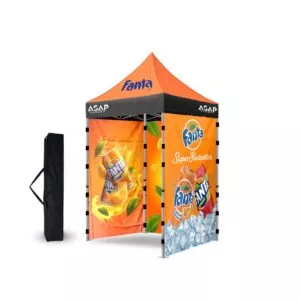
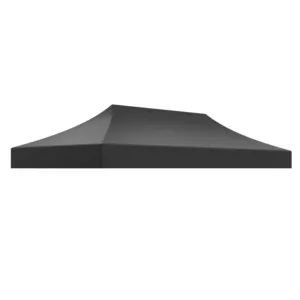
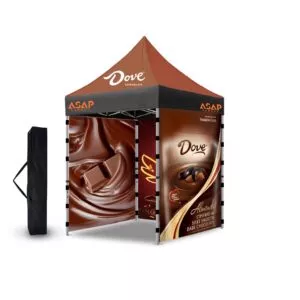
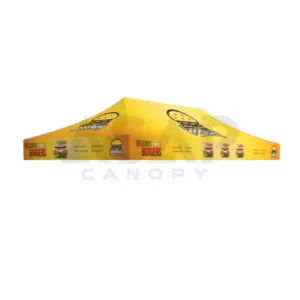
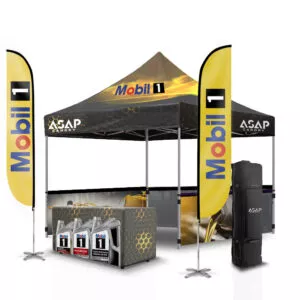
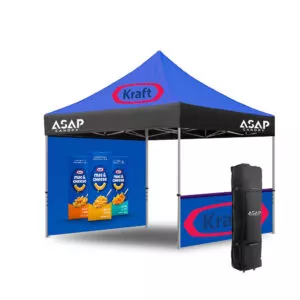
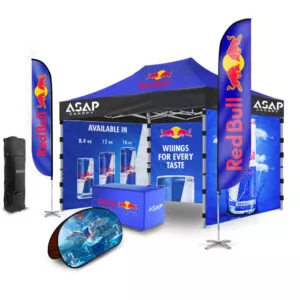
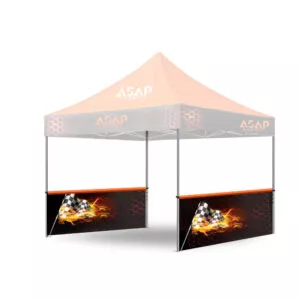
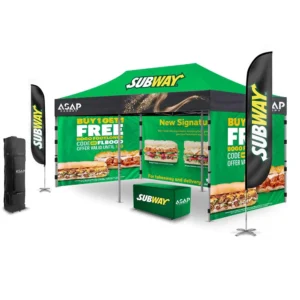
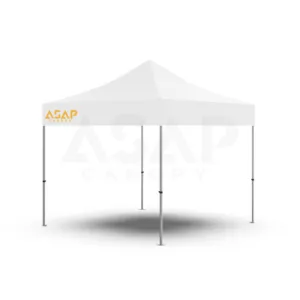
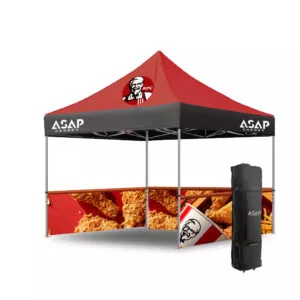
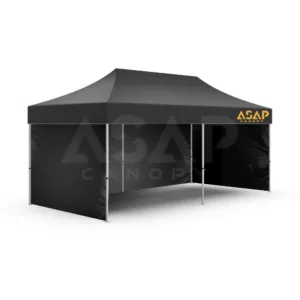
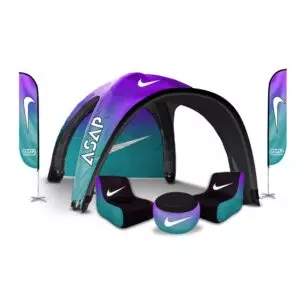
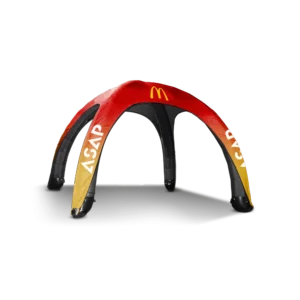
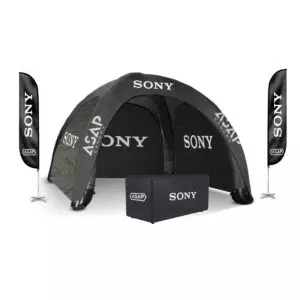
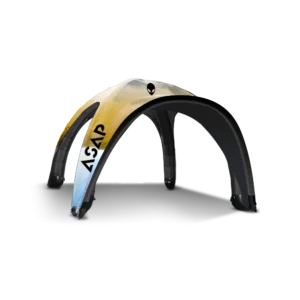
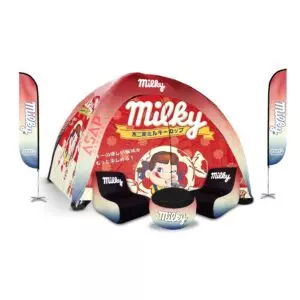
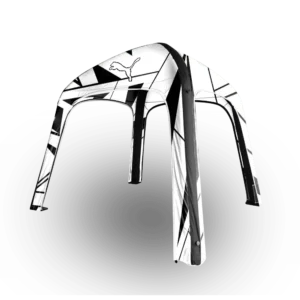
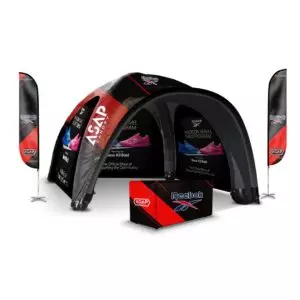
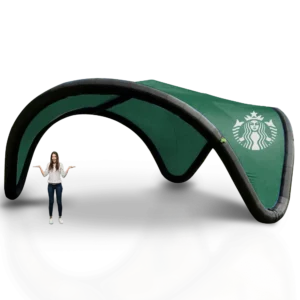
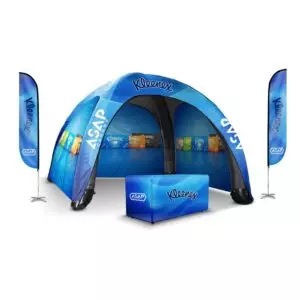
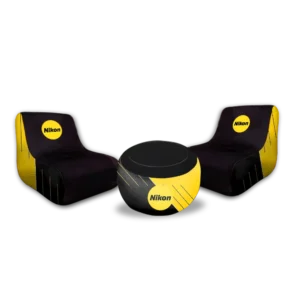
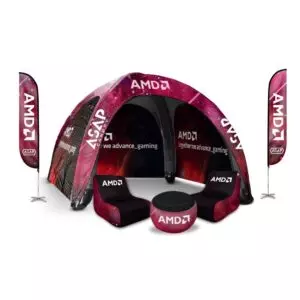
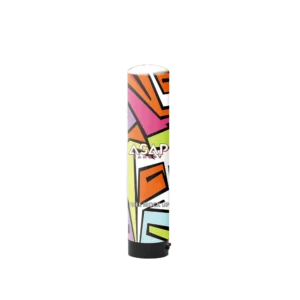
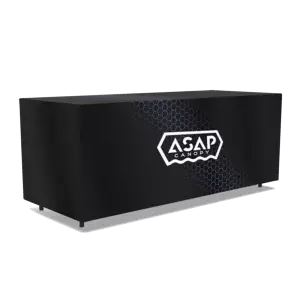
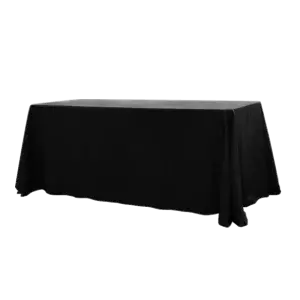
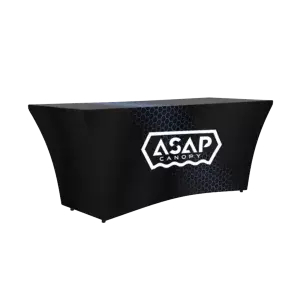
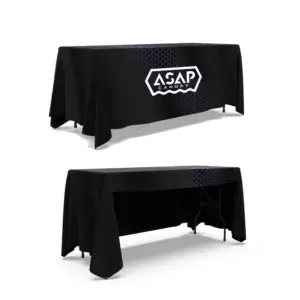
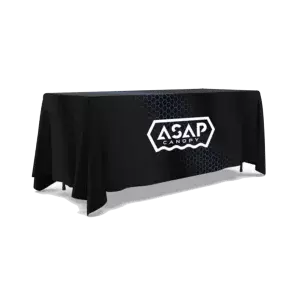
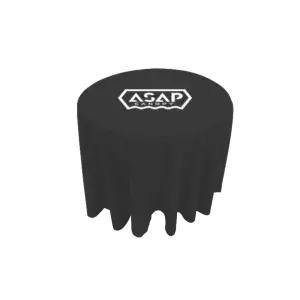
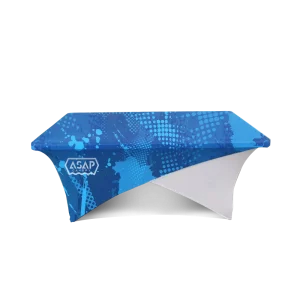
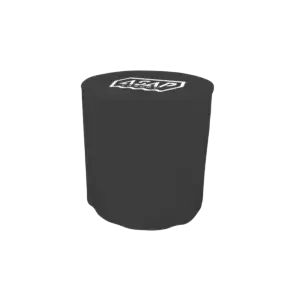
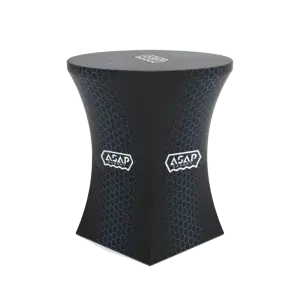
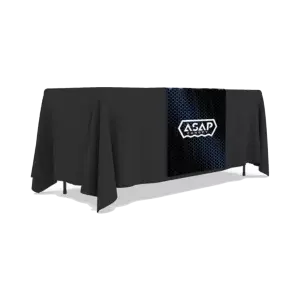
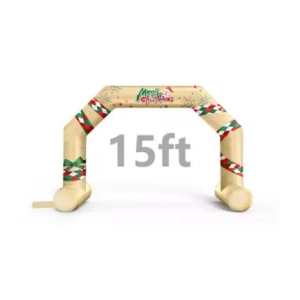
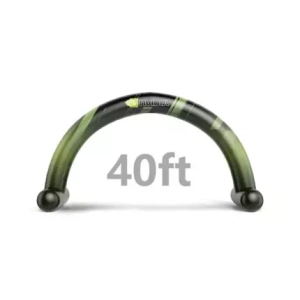
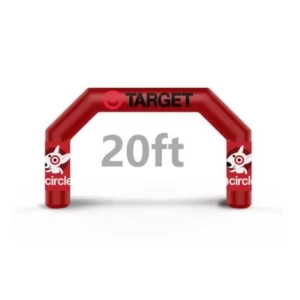
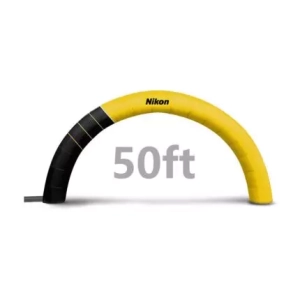
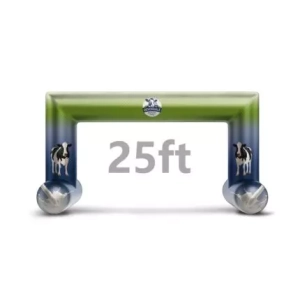
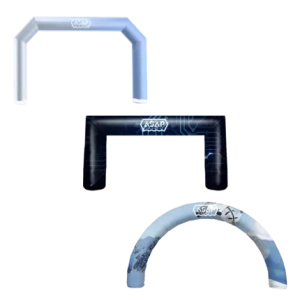
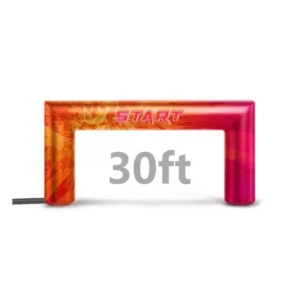


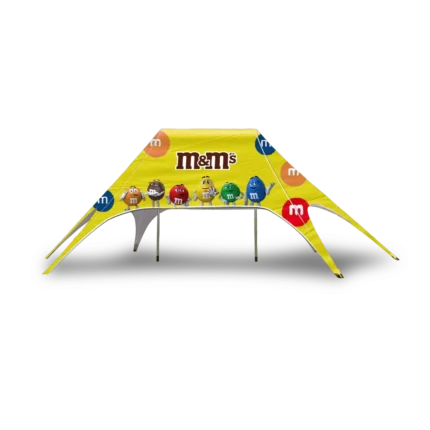
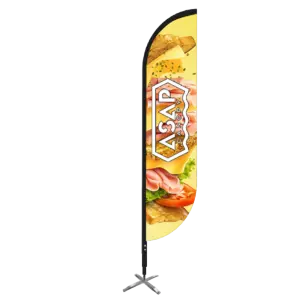
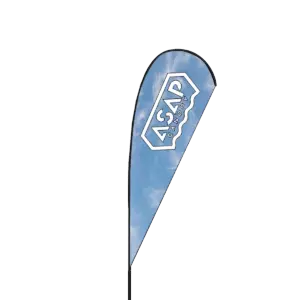
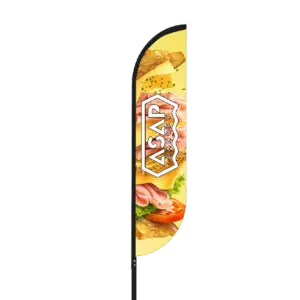
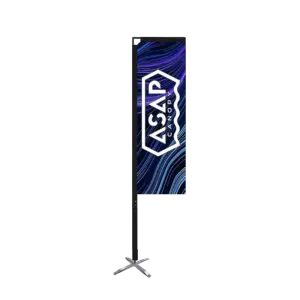
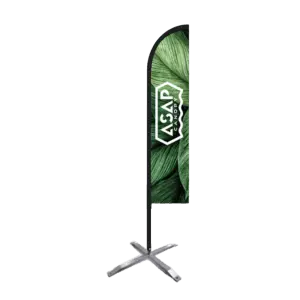
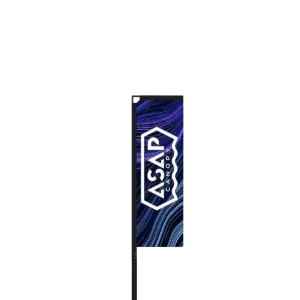
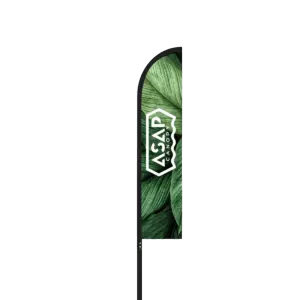
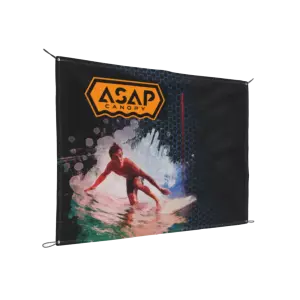
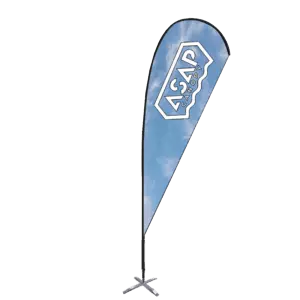
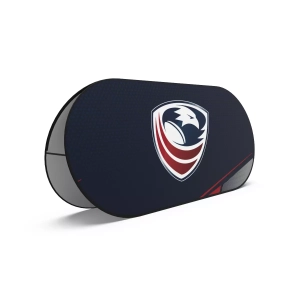
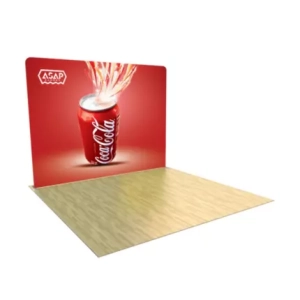
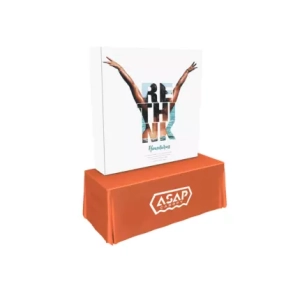
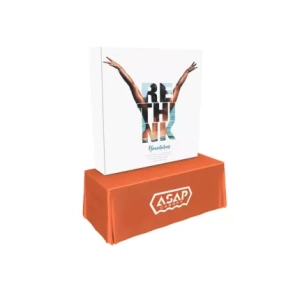
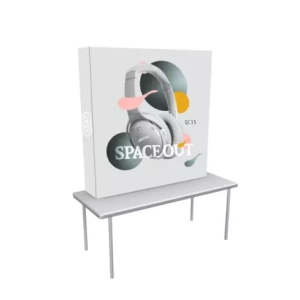
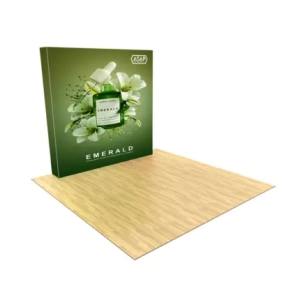
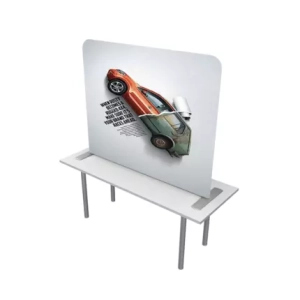
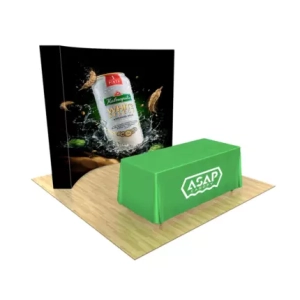
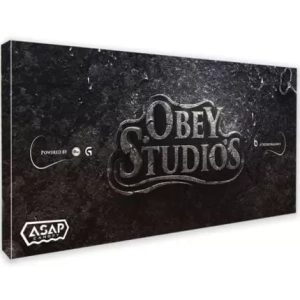
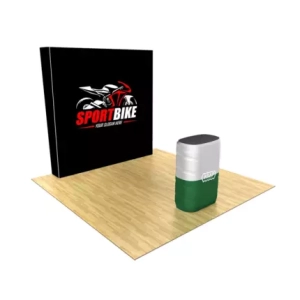
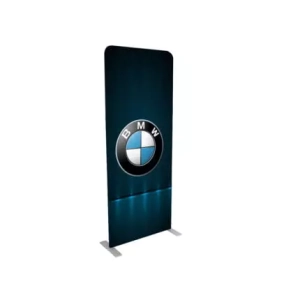
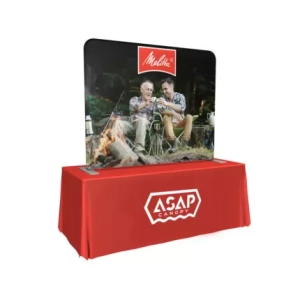





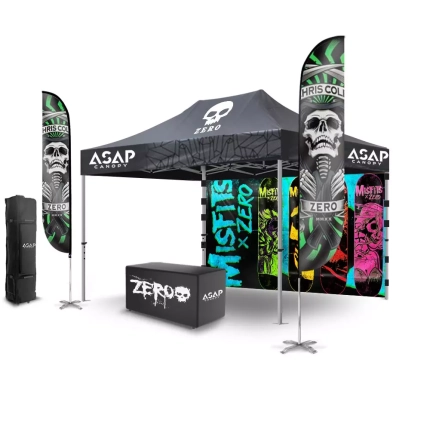
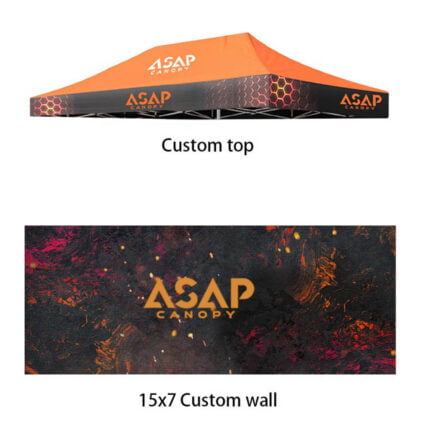
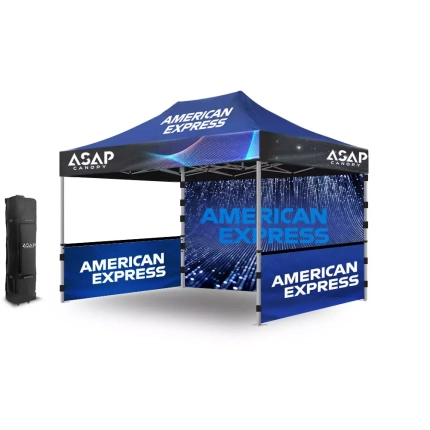
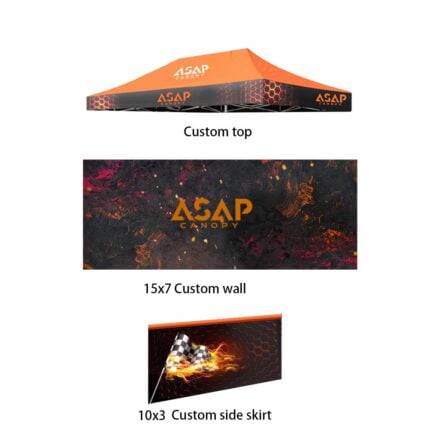
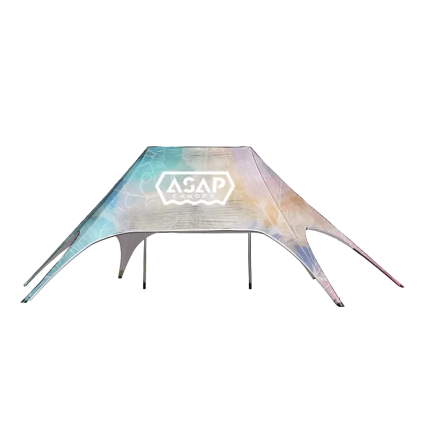

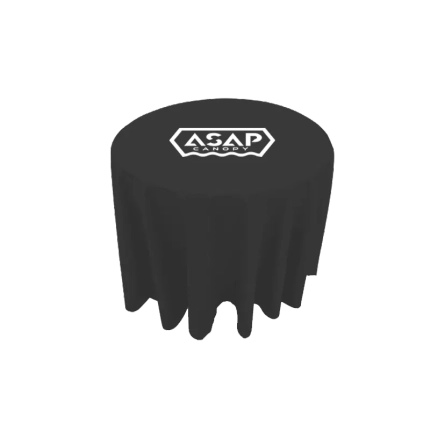
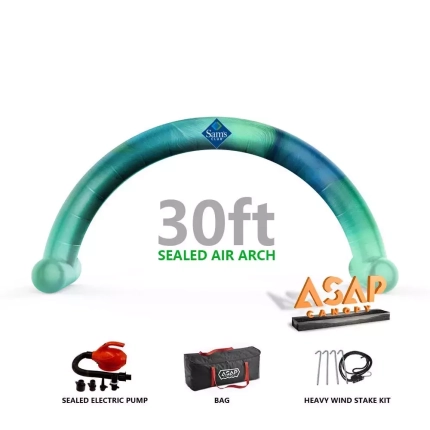
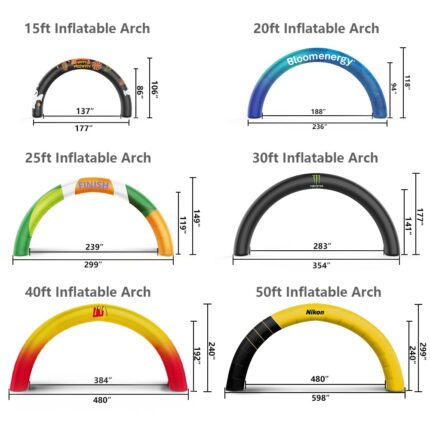
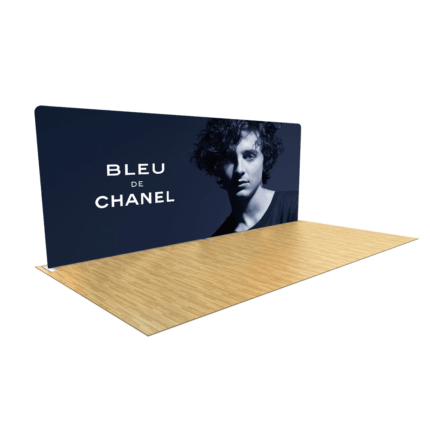
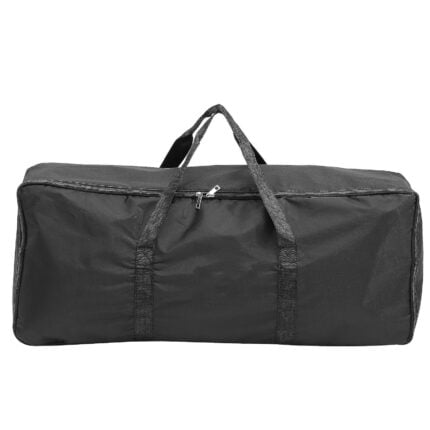
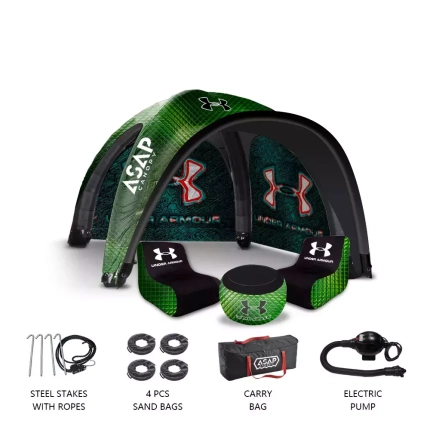
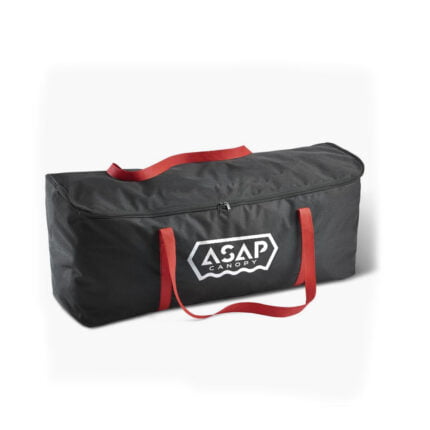
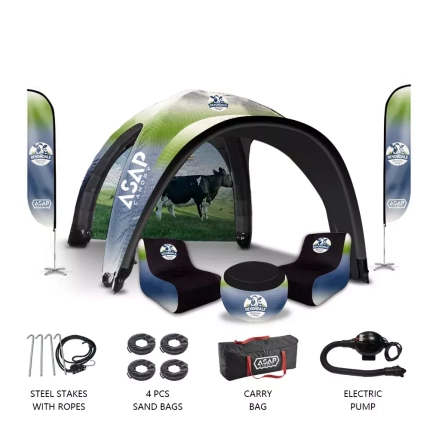

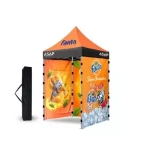 5×5 Pop Up Tent
5×5 Pop Up Tent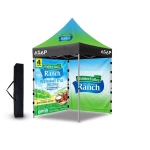 6.5×6.5 Pop Up Tent
6.5×6.5 Pop Up Tent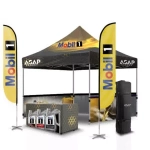 10×10 Canopy Tent
10×10 Canopy Tent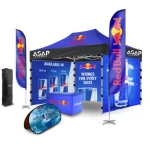 10×15 Canopy Tent
10×15 Canopy Tent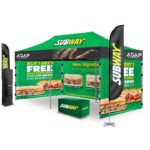 10×20 Canopy Tent
10×20 Canopy Tent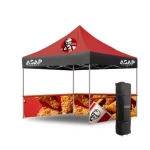 Canopy Options
Canopy Options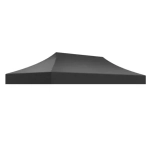 Blank Canopy Top
Blank Canopy Top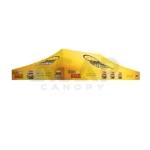 Canopy Top
Canopy Top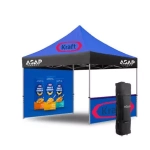 Canopy Walls
Canopy Walls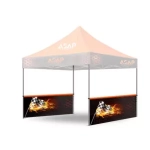 Canopy Side Skirt
Canopy Side Skirt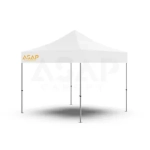 Blank Canopy
Blank Canopy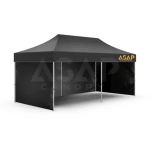 Blank Canopy Kit
Blank Canopy Kit
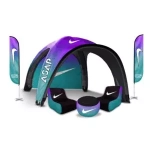 Inflatable Canopy Tents 10×10
Inflatable Canopy Tents 10×10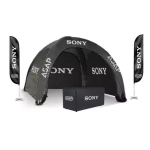 Inflatable Canopy Tents 13×13
Inflatable Canopy Tents 13×13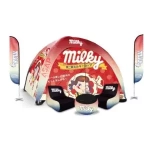 Inflatable Canopy Tents 16×16
Inflatable Canopy Tents 16×16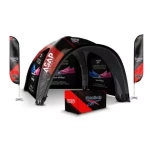 Inflatable Canopy Tents 20×20
Inflatable Canopy Tents 20×20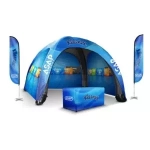 Inflatable Canopy Tents 23×23
Inflatable Canopy Tents 23×23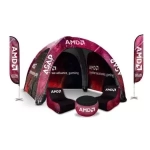 Inflatable Canopy Tents 26×26
Inflatable Canopy Tents 26×26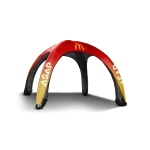 Inflatable Spider Tents
Inflatable Spider Tents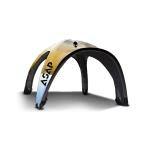 Inflatable Dome Tents
Inflatable Dome Tents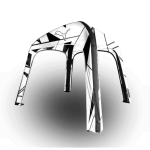 Inflatable Eclipse Tents
Inflatable Eclipse Tents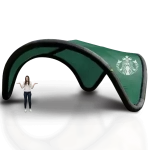 Inflatable Party Tent
Inflatable Party Tent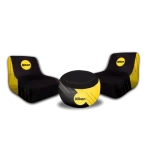 Inflatable Furniture
Inflatable Furniture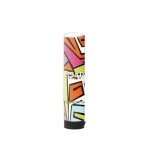 Inflatable Pillar
Inflatable Pillar
 Single Pole Star Tents
Single Pole Star Tents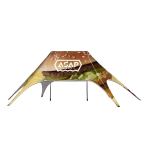 Double Pole Star Tents
Double Pole Star Tents
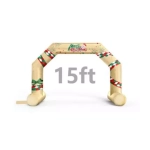 15FT Inflatable Arches
15FT Inflatable Arches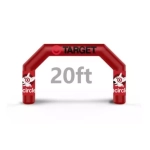 20FT Inflatable Arches
20FT Inflatable Arches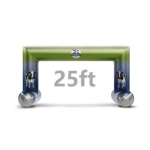 25FT Inflatable Arches
25FT Inflatable Arches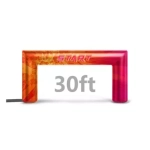 30FT Inflatable Arches
30FT Inflatable Arches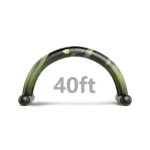 40FT Inflatable Arches
40FT Inflatable Arches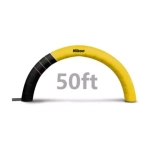 50FT Inflatable Arches
50FT Inflatable Arches Custom Constant Arches
Custom Constant Arches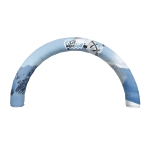 Custom Sealed Arches
Custom Sealed Arches
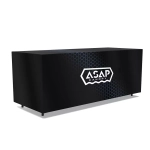 Fitted Table Covers
Fitted Table Covers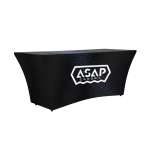 Stretch-Fit Table Covers
Stretch-Fit Table Covers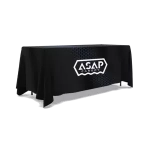 Loose Table Throws
Loose Table Throws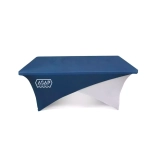 Cross-Over Stretch-Fit Table Cover
Cross-Over Stretch-Fit Table Cover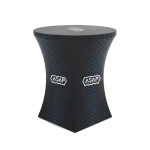 Round Stretch-Fit Table Cover
Round Stretch-Fit Table Cover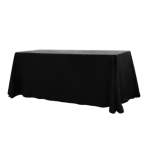 Blank Table Throws
Blank Table Throws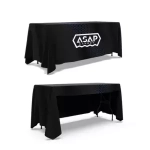 3-Sided Loose Table Throw
3-Sided Loose Table Throw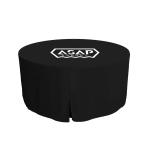 Round Fitted Table Covers
Round Fitted Table Covers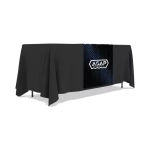 Table Runners
Table Runners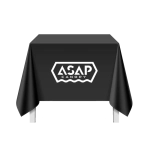 Square Table Covers
Square Table Covers
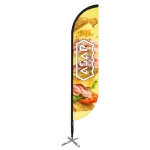 Feather Flags
Feather Flags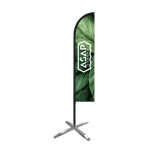 Blade Flags
Blade Flags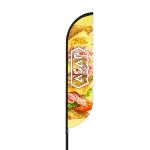 Feather Banner
Feather Banner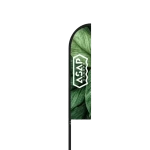 Blade Banner
Blade Banner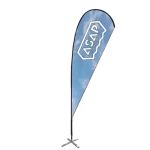 Teardrop Flags
Teardrop Flags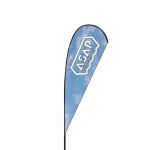 Teardrop Banner
Teardrop Banner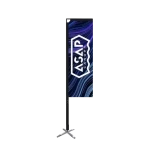 Rectangle Flags
Rectangle Flags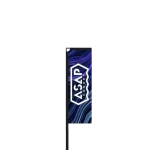 Rectangle Banner
Rectangle Banner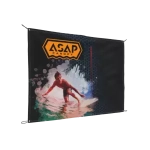 Mesh Event Banners
Mesh Event Banners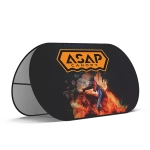 Pop Out Banner Horizontal
Pop Out Banner Horizontal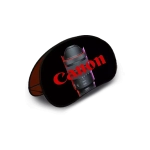 Pop-Out Banner Vertical
Pop-Out Banner Vertical
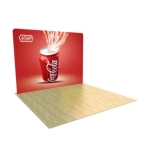 Trade Show Display
Trade Show Display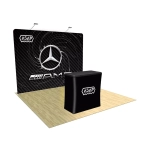 Trade Show Display Kit
Trade Show Display Kit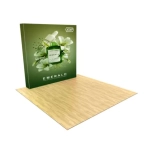 Pop Up Trade Show Display
Pop Up Trade Show Display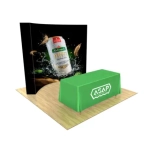 Pop Up Trade Show Display Deluxe Kit
Pop Up Trade Show Display Deluxe Kit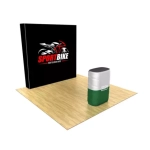 Pop Up Trade Show Display Kit
Pop Up Trade Show Display Kit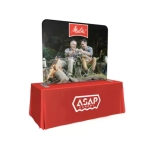 TableTop Displays Kit
TableTop Displays Kit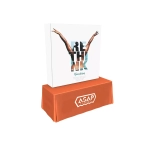 Pop Up Tabletop Display Kit
Pop Up Tabletop Display Kit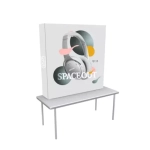 Pop Up Tabletop Display
Pop Up Tabletop Display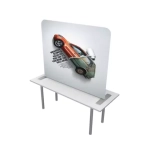 Tabletop Display
Tabletop Display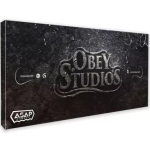 Straight Trade Show Exhibit Booth
Straight Trade Show Exhibit Booth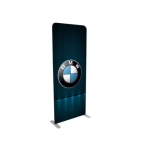 Banner Stand
Banner Stand
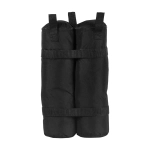 Tent Accessories
Tent Accessories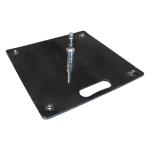 Flag Accessories
Flag Accessories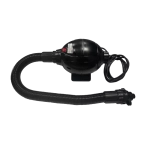 Arch Accessories
Arch Accessories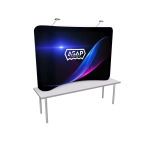 Trade Show Accessories
Trade Show Accessories
